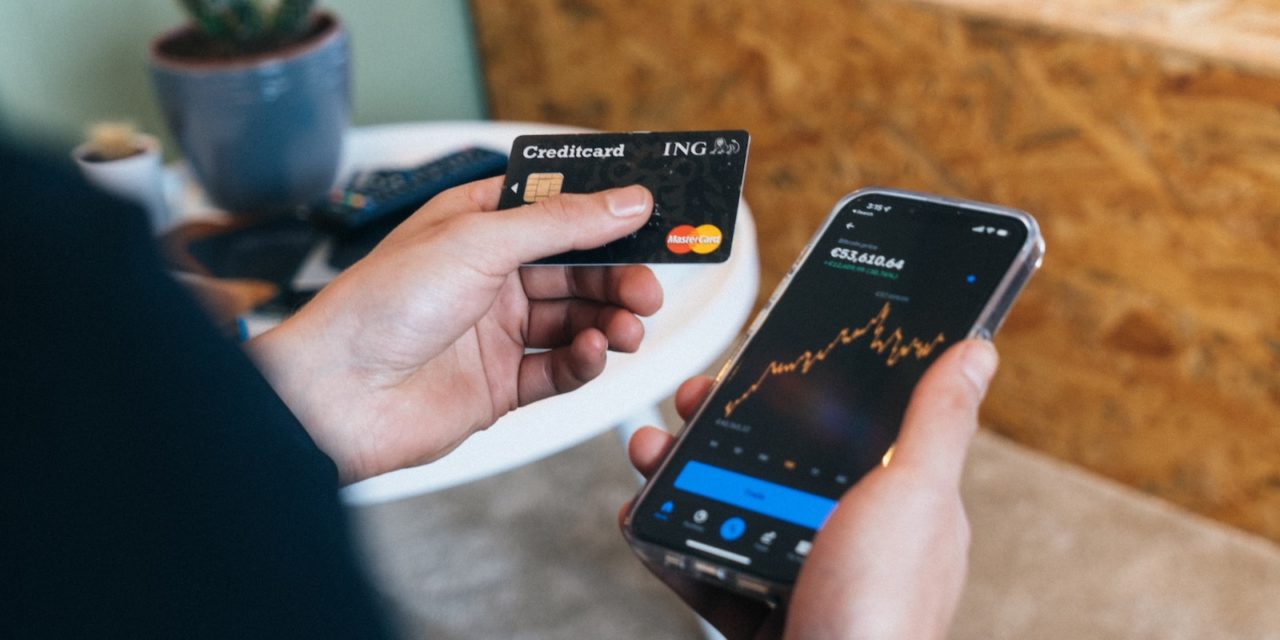 As Hong Kong’s economic recovery gathers pace, the Mastercard Economics Institute analyzed changes in consumer spending habits over the past three years, observing a shift in preferences in dining, shopping, spending on pets and more. Their insights show that while the pandemic influenced the shift in attitudes, behavior and spending patterns, the rebound in spending and emergence of new habits are likely to stay in post-Covid Hong Kong.
As Hong Kong’s economic recovery gathers pace, the Mastercard Economics Institute analyzed changes in consumer spending habits over the past three years, observing a shift in preferences in dining, shopping, spending on pets and more. Their insights show that while the pandemic influenced the shift in attitudes, behavior and spending patterns, the rebound in spending and emergence of new habits are likely to stay in post-Covid Hong Kong.
The Mastercard Economic Institute studied the spending behavior of Hongkongers between 2019 and 2022 under various categories, cross-referenced with the number of local Covid cases and in relation to the government’s social distancing measures. According to trends observed for Hong Kong, Covid has had a significant impact on the behavior and attitudes of consumers, with many individuals working from home, and caring more about their mental health and wellness after a long period of social distancing measures.
“Hong Kong consumers’ spending behaviors have changed as a result of Covid, and we expect that they will continue to reprioritize what is essential to them. As the pandemic subsides, Mastercard is seeing a shift in consumer behavior towards a desire for social interaction and new experiences. While spending is one of the key pillars of local recovery, a rebound in mainstream consumption categories such as apparel, shoes and jewelry is an indicator we expect as we step into the post-pandemic era.” David Mann, Chief Economist, AP and MEA, Mastercard said.
Top Five Shifts in Consumer Spending Behavior
- Re-embracing Long-Awaited Shopping Experiences
As the world navigates the lasting effects of Covid, consumers are seeking ways to improve their wellbeing. One trend that has emerged among Hongkongers is the increasing popularity of ‘retail therapy’ as a form of self-care. Whether it’s purchasing new clothing or acquiring a piece of jewelry, spending patterns indicate that consumers are preparing themselves to step out in public in style, and they are making these purchases both online and at brick-and-mortar retail stores.
Following the easing of social distancing measures from May 2022, consumers re-embraced shopping categories like apparel, shoes, and jewelry in a big way. Monthly spending levels over May to December 2022 averaged well above the monthly average in 2019. This rebound comes on the back of a decline in shopping spend in February and March of 2022 when the government tightened pandemic restrictions in response to a flare up in coronavirus cases over February.
- Consumers Eager to Look Their Best as Restrictions Ease Up
Spending on cosmetics and beauty services also received a boost from the easing of social distancing measures, reflecting Hongkongers’ eagerness to look their best in anticipation for the rise in in-person socializing. From May 2022 to the year end, beauty-related spending averaged almost twice the levels in each corresponding month in 2019.
This was a big contrast from the pullback observed in February and March 2022, when heightened pandemic restrictions during the period drove a sharp decline in spend in this category to well below half of that in the same month in 2019. This decline in early 2022 also reversed a temporary recovery in Q4 2021, when beauty-related spending had surpassed that of the same period in 2019.
- A Shift in Dining Preferences
There has been a sustained shift in dining habits among Hongkongers “post-pandemic” towards making their own meals, even as dining out remains an important part of Hong Kong’s social culture. The tightening of pandemic restrictions clearly drove consumers to self-cater. January 2022 saw the government tighten its social restrictions in reaction to rising coronavirus cases in the community. This was followed by a sharp drop in spending on dining venues observed from January to March 2022, relative to October to December 2021. Meanwhile, spending on groceries rose.
Following the lifting of pandemic restrictions in Hong Kong, grocery spending in December 2022 remains well above pre-pandemic levels, with the increase in grocery spending relative to pre-pandemic norms exceeding that for dining establishments. This sustained outperformance in grocery spend far exceeds the 7.8 percent rise in food prices and 7.3 percent rise in dining out prices between December 2019 and December 2022, suggesting some underlying behavioral shift.
The persistence in self-catering was also observed in Singapore, based on official statistics[1], which lifted pandemic restrictions much earlier than Hong Kong. Grocery sales spiked, and dining venue spend fell sharply during Singapore’s tightening of pandemic restrictions in the second quarter of 2020. While the easing of restrictions thereafter supported some normalization in grocery and dining venue spend, grocery spend remains 20 percent above average monthly 2019 levels as of January 2023, while spend at dining venues was only up by around 8 percent. Considering similar magnitudes of inflation in both categories between January 2020 and January 2023 of about 12-13 percent, the larger shift in grocery spend points to a sustained rise in grocery purchases among Singapore consumers.
- Pets Showered with Love
Amid travel restrictions and the shift to hybrid and remote work in Hong Kong during the pandemic, people found themselves spending more time with their beloved pets. As a result, the pet-related industry saw a rise in spending, echoing the “pandemic pet” phenomenon observed in other parts of the world. Spending on pet stores saw a two-fold increase in December 2022 compared to the levels seen in January 2019. Pet-related spend experienced sustained and stable growth during the pandemic, with spending growth accelerating from March 2022. This could be due to Hongkongers’ staying home longer.
- Embarking on Exciting New Pursuits and Pastimes
Social distancing measures and the prohibition of outdoor activities had led to many Hongkongers turning to more sedentary pursuits such as reading, games, arts and crafts during the pandemic. Spending on these pursuits showed a continuous year-on-year increase from 2019 to 2022 according to our study. As people were further deterred from going out due to big spikes in Covid cases, spending on arts and crafts more than doubled compared to the pre-Covid period.
Hong Kong is renowned for its iconic cityscape, picturesque countryside and scenic walking trails. With no practical options to travel abroad during the pandemic, locals instead spent time outdoors discovering new vistas around Hong Kong when restrictions allowed. Spending on photography indicates a continuous increase since the start of the pandemic, suggesting Hongkongers found photography as a new hobby and a way to express their individual creativity.
Methodology
The study draws on anonymized and aggregated sales activity in the Mastercard network and proprietary analysis by the Mastercard Economics Institute.
[1] Source: Singapore Department of Statistics




















